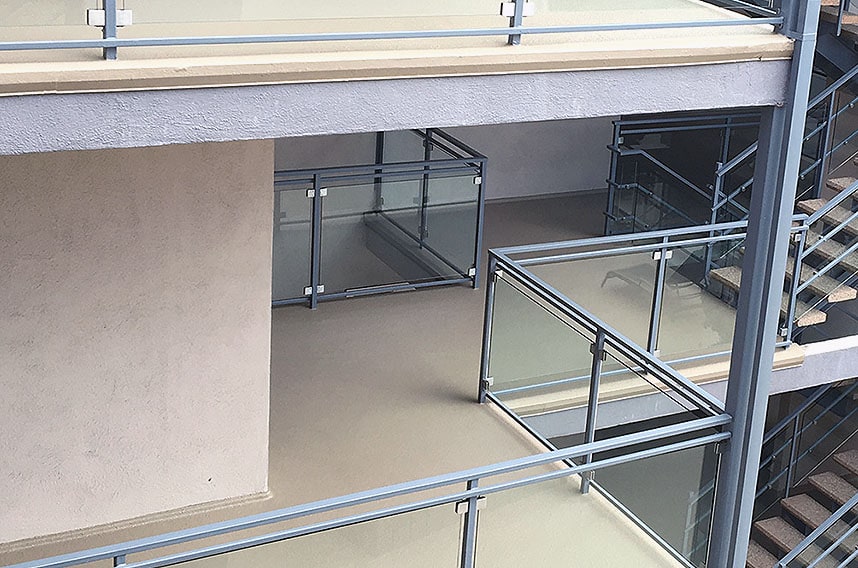Though we've mentioned wood as the deck material in the above descriptions, note that waterproof sealers are also available for decks made of concrete and other materials as well. In fact, some types of sealers are all-purpose, meaning they can be applied on deck surfaces made from any type of material (i.e., wood, concrete, synthetic wood, etc.)
Aside from sealants and finishes, there are various other products that you should be aware of when it comes to protecting your deck from the elements and ensuring it still looks great. These include:
Essential Supporting Products
Power Washers
A good power washer is essential to preparing a deck surface. Without proper preparation, no coating or system will adhere to a poorly prepared surface. Warning: older surfaces may have lead paint, be careful before scraping, stripping or removing lead paint. If you scrape, sand or remove old paint, you may release lead dust. Lead is toxic. Exposure to lead or lead dust can cause serious illness.
Stripping the deck of existing product is often a prerequisite when it comes to refinishing or resealing a deck. Strippers work quickly – some in just minutes – and all you need to do is grab a hose or power washer to remove the residue from the deck surface after the product has done its work. Following the stripping step, then you can begin to apply the sealant or finishing coating. Due to regulatory constraints, some products are not available. Always check with local laws when using specific products.
Multi-Layer Deck Systems
Offering all the benefits of traditional deck coating products, these professional systems also work to hide plywood seams, offer impact resistance for high-traffic areas, increase fire resistance and improve aesthetics by hiding plywood seams. What's more is that they're designed to be fire classified and thereby applicable for roof decks and other types of decks that are required to have a fire classification of either Class A or Class B. These ICC-ES listed systems offer many benefits (i.e. fire resistance and enhanced impact resistance) that aren't found in the other types of basic coatings on this list.
Restorative Coatings
Wood and concrete decks are not unlike wooden interior floors in that every so often, decks need to be refinished to continue to look great and stay protected. But when it comes to interior wood floors, it's common to have to strip the floor and then sand it down ever so slightly to remove any nicks, dents or scratches. That's not necessarily the case when it comes to outdoor decks.
In fact, some restorative coatings work as deck waterproofing systems of sorts while eliminating the need for this altogether. Instead, many work as a top coat to refinish the wood and also seal the deck from the elements of Mother Nature. Think of these products as sort of an all-in-one solution, one that restores the wood color and also seals out moisture. Our Deck Flex Deck Paint is an example of this type of restorative coating.
Primers
A good primer coating takes the hassle of deck preparation out of the equation. In fact, primers often eliminate the need for deck stripping prior to resurfacing, finishing or sealing. Primers essentially pave the way for any top coat of color for the deck itself. Many will also take care of any cracks and splinters by filling them or locking them into place to permit a more comfortable and visually pleasing end result.

